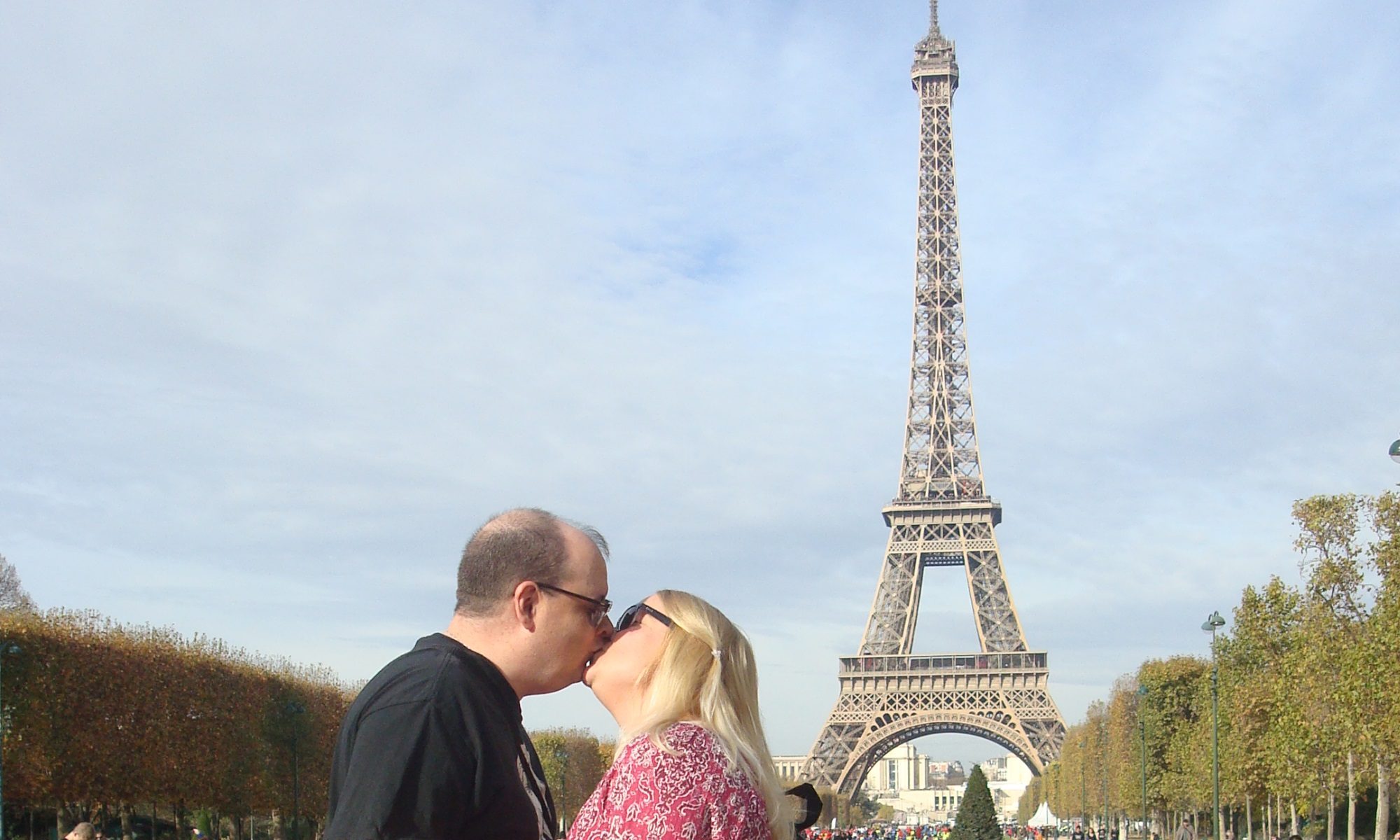Several early Americans – including George Washington – had the idea of a canal connecting Lake Erie to the Hudson River… and thus, the Atlantic Ocean via New York City.
But it was four-time New York governor DeWitt Clinton who made it happen in the 1820s. Clinton sent recruitment teams to England to seek out those who’d built England’s extensive canal system. As it turned out, most of those people were Irish. So the legend goes, once the canal work was done many of them settled around Syracuse, New York instead of going back to England or Ireland. And thanks to the potato famine 20 years later, Irish refugees came to New York in droves. Many had relatives in Syracuse, which meant lots of those newcomers settled in Syracuse, too.
When stoplights came to town in 1925, folks in the Irish-heavy Tipperary Hill neighborhood complained about the red light being above the green light (red typically represented the British Empire on maps, and of course green was associated with the Irish). Teens (and adults) started tossing rocks at the light on a regular basis, breaking the glass lights. The exasperated town official in charge of traffic lights gave up and hung it upside down as the neighborhood wanted. Every few years a new official would show up and try to “fix it”, only for it to be pelted with rocks until they put it back. To this very day, the light at Tompkins Street and Milton Avenue is the only known “upside down” light in the US.

















